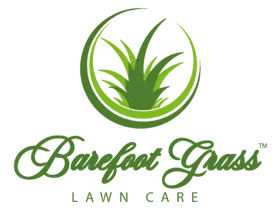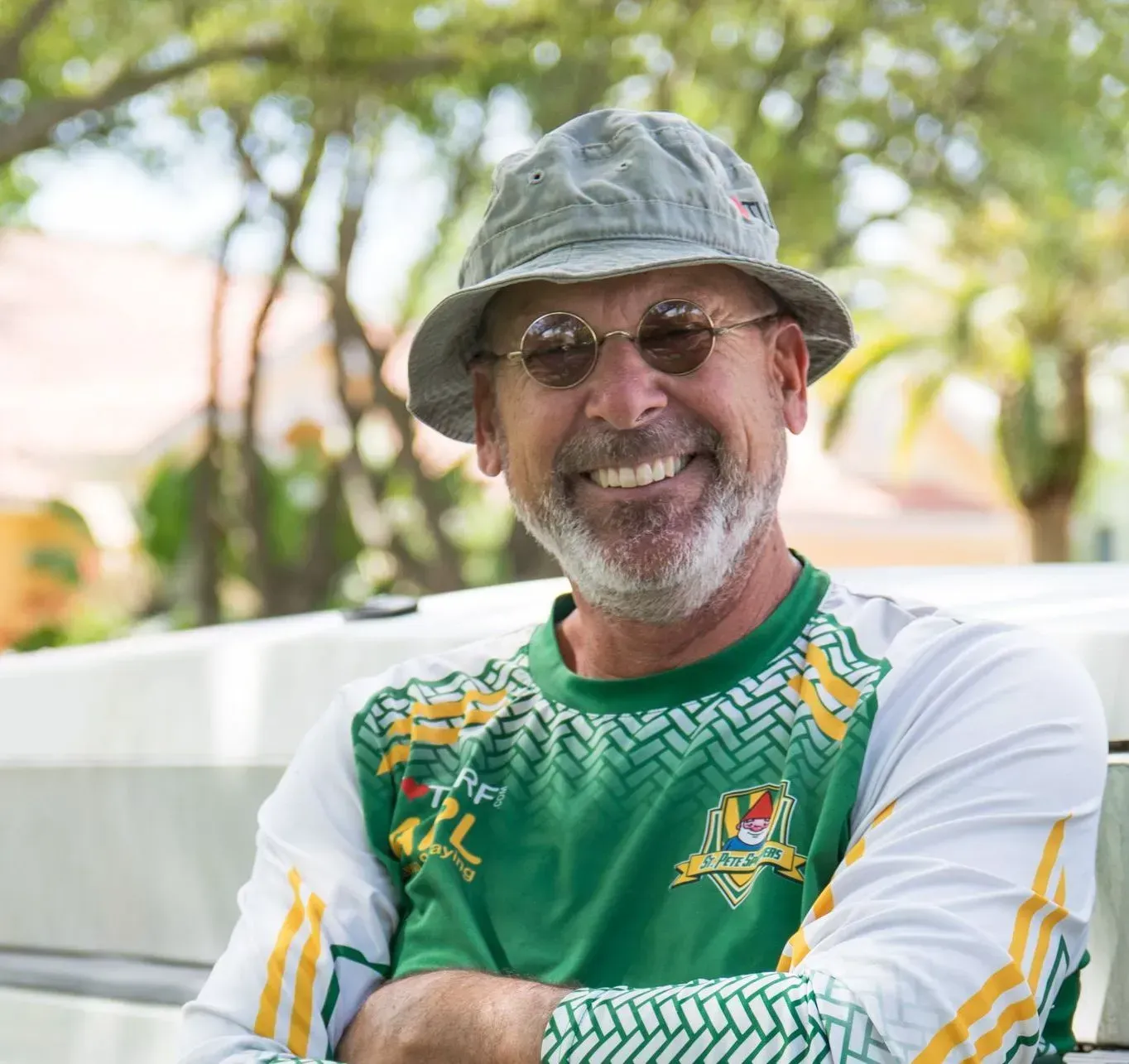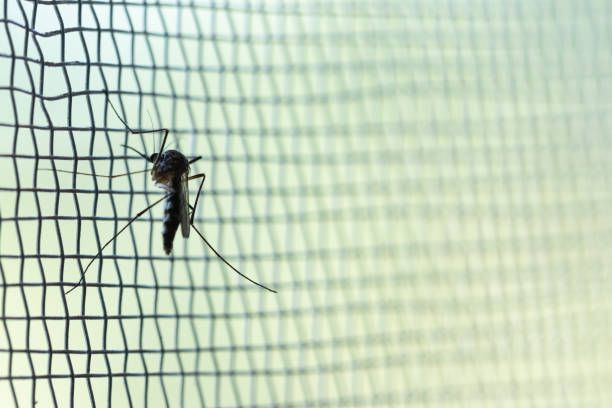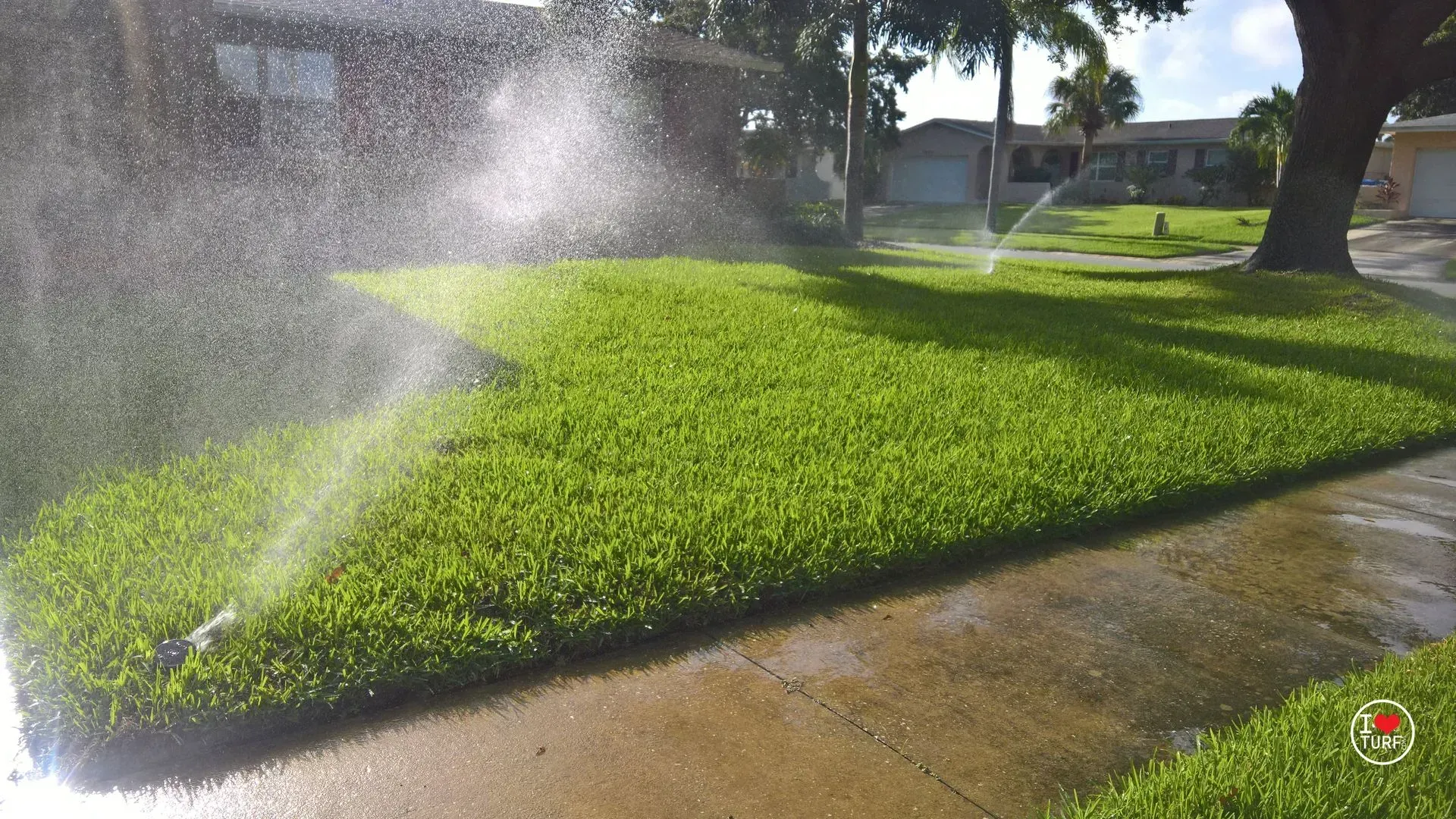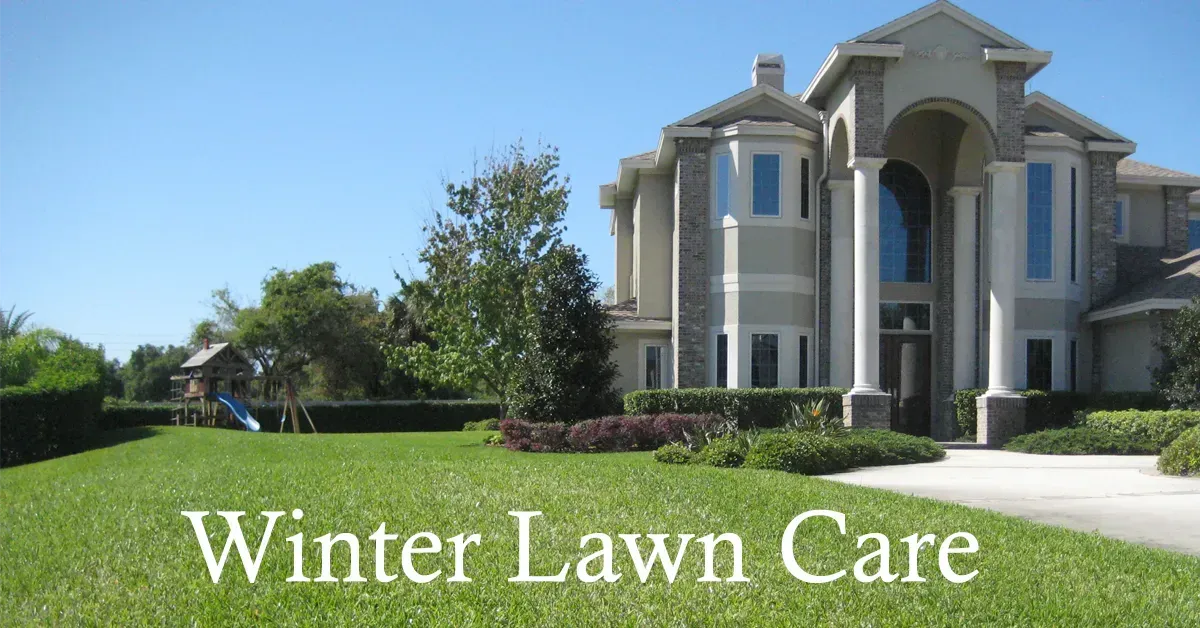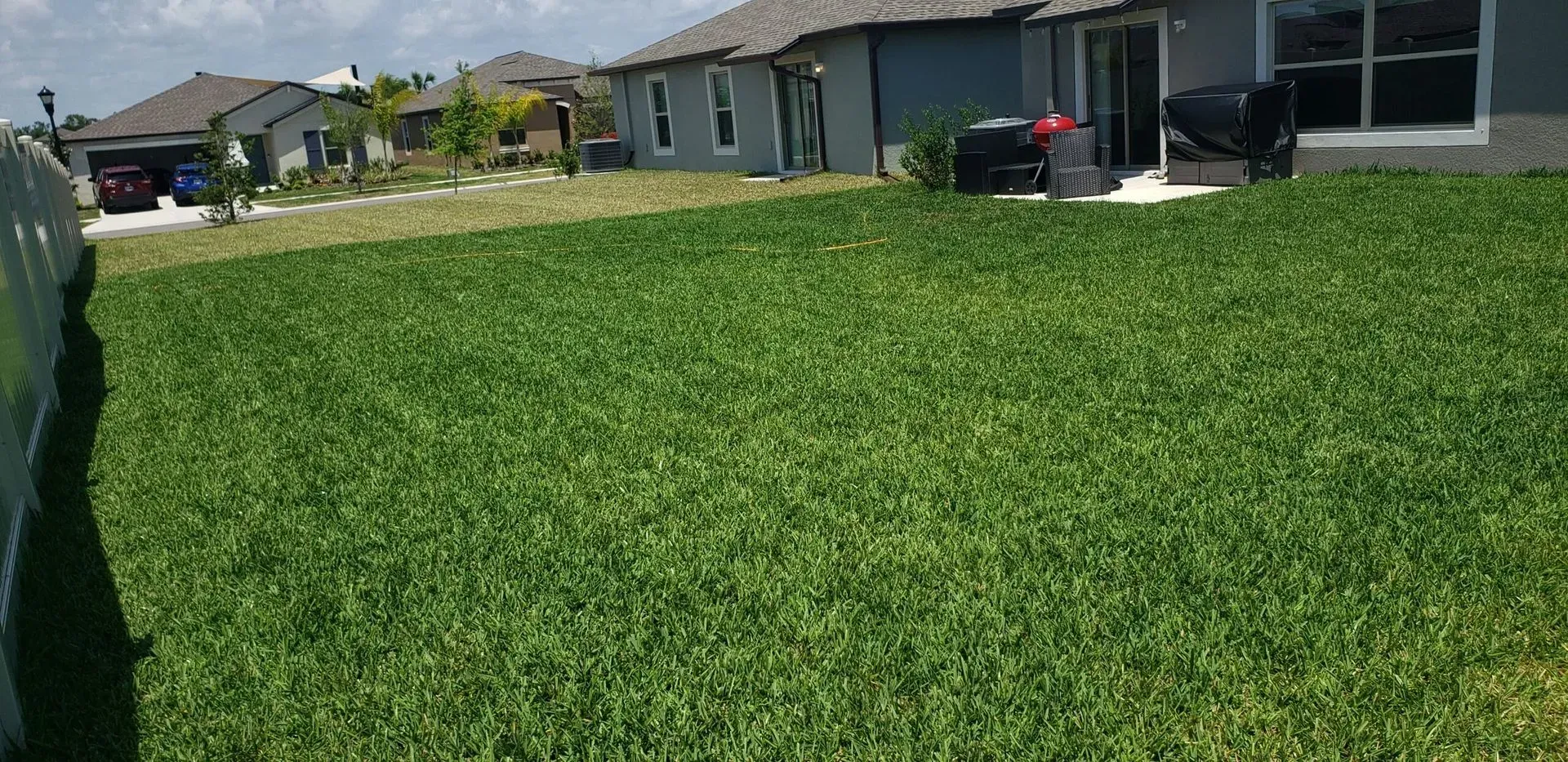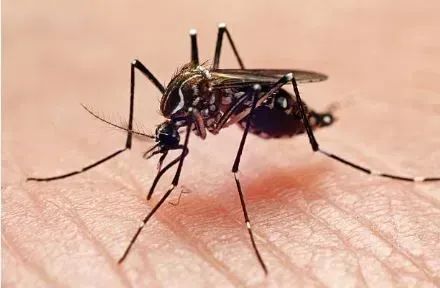Turf Report: Recovery after Drought Damage
Post Drought Recovery
Many of the service calls the past couple of weeks are from customers concerned about brown areas of their St Augustine lawns - they see brown irregular areas of the lawn surrounded by greener St Augustine grass. They logically assume that since the other parts of the lawn are green, there must be something attacking the brown areas. The sad truth is those brown areas were killed by the recent drought and draconian once a week water restriction.
How It Happens
First, your lawn is not uniform - shade, open sun, good soil, poor soil areas, etc. respond differently to water stress. Some areas survive, some areas are damaged to various degrees, and some areas die.
At the end of the drought, rain and irrigation reduce the water stress, surviving areas return to their natural beauty and damaged areas are in various stages of recovery. But the dead grass does not turn green.
It is the dead areas surrounded by recovered green grass that raise the question “What is going on with the brown areas? It wasn’t bugs or a fungus that caused the brown areas, it was the drought and water restrictions.
The drought was bad enough – that alone would have destroyed lawns. But to enforce draconian water restrictions on self-supplied irrigation (Irrigation supplied by reclaimed, well or surface water) insured acres of the urban turf would be destroyed.
The Solution
Dead areas will have to be removed and replaced with sod, or you can wait as surrounding surviving areas repopulate the area.
Remove and replace is what it sounds like – remove the dead grass and replace it with sod.
Waiting for the surrounding areas to repopulate takes time. St Augustine will spread 8” to 10” in a growing season (February – October). For example: a dead spot 20” in diameter and surrounded by healthy grass will repopulate in one growing season. The addition of plugs will help speed the process.
Note: Do not remove the dead grass when repopulating from surrounding areas. The dead grass acts like a mulch keeping the soil cool and moist. Weeds may invade the area before the St Augustine spreads. The weeds will not stop the St Augustine from spreading and soon, with a little TLC, you will have more St Augustine and fewer weeds.
Other Resources
You can learn more at iloveturf.com:
Rick Orr
Staff Agronomist at Barefoot Grass
Since 1995, Rick Orr has worked in Pinellas County providing turf management and pest control. Rick Orr is a graduate of VA Tech in Agronomy (Turf Ecology) and the creator of Iloveturf.com.
Since graduating from VA Tech in 1979, Rick worked in the green industry, mostly with golf courses, resorts, and large communities. Rick has obtained certifications in arboriculture, landscape, and irrigation, and taught Environmental Horticulture at St Petersburg College.
Currently, Rick is the Staff Agronomist at Barefoot Grass in Largo, FL.
To learn more about Barefoot Grass: Barefootgrass.com

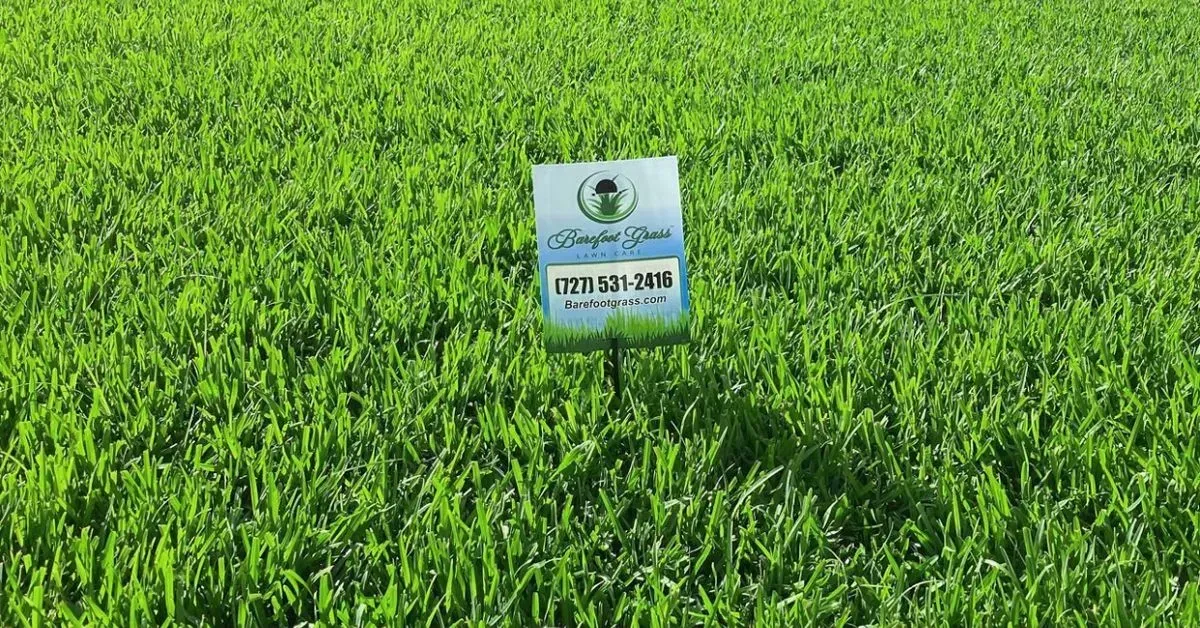
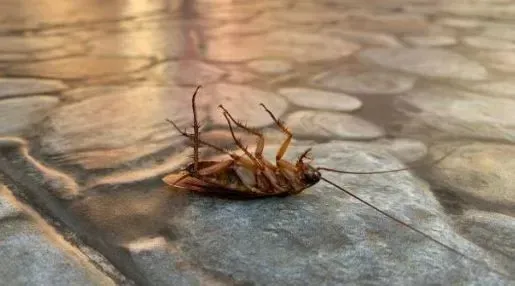
PHONE:
727-531-2416 |
EMAIL:
customerservice@barefootgrass.com
Business Hours
Monday - Friday 8:00am - 5:00pm
Saturday - Sunday Closed
